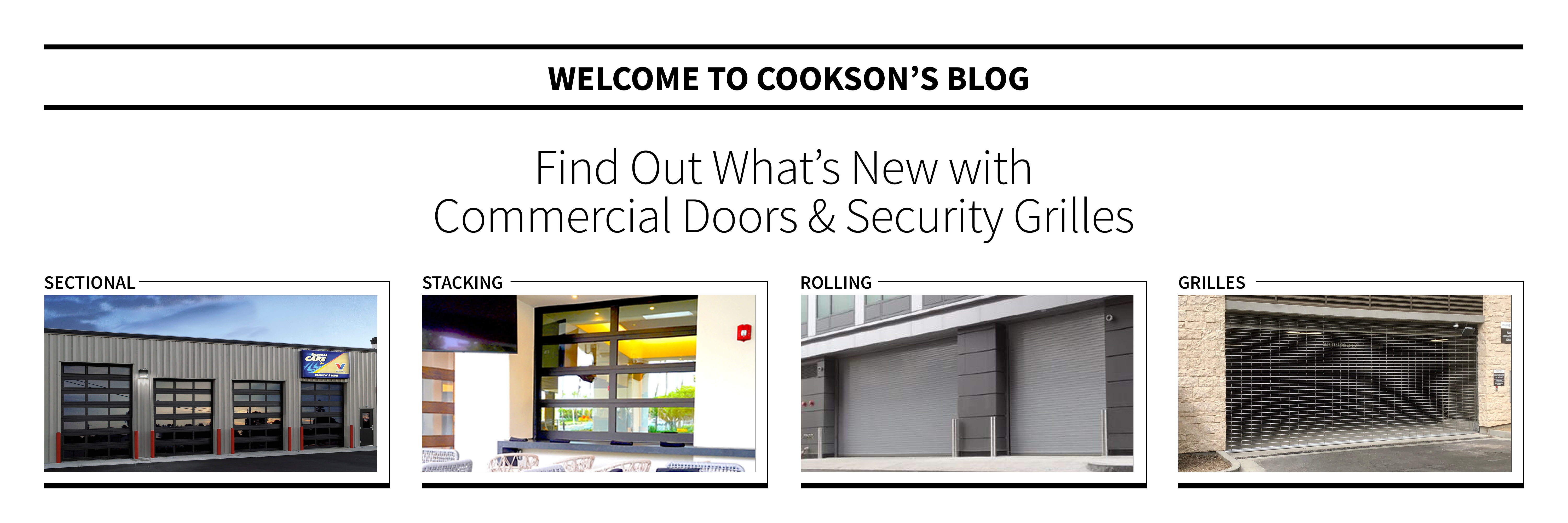

Cookson Blog
Welcome to the Cookson Blog! - Roll Up Door and Security Grille news - What's New?
SUBSCRIBE
Get updates on new blog posts to your inbox!
Security Rolling Door Parts, Mechanisms & Anatomy Explained
Do you remember your last anatomy class? Maybe it was in high school as part of a week-long discourse. Perhaps you had a more in-depth, longer curriculum in secondary school or college where you learned some fun facts that have upped your trivia game.
Babies are born with 300 bones, some of which fuse as they grow, with fully grown adults having 206 bones. The largest bone in your body is your femur. Did you know the human head weighs 8 pounds?
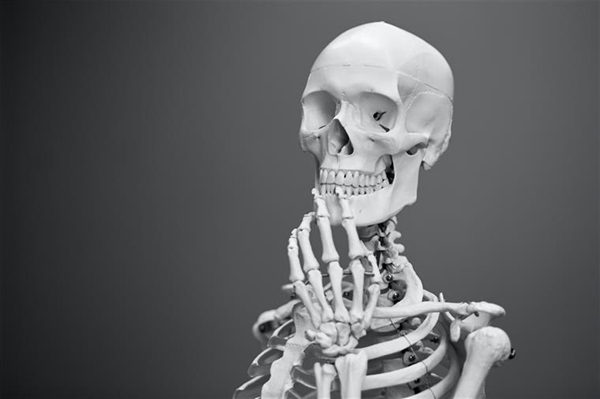
Whatever your experience with a past anatomy class, it’s probably safe to say it was helpful, at least until test-taking time. While we won’t cover human anatomy in today’s blog post and there won’t be a test, we hope this blog on rolling door anatomy will help as you navigate the world of security closures.
What is a rolling door?
Our definition of a rolling door is a non-labeled, metal-slatted door used to provide security against entry or weather protection at exterior and interior openings in industrial, commercial, institutional, and other buildings. Rolling doors roll upward and store in a tight coil above the opening. These doors may also be called coiling doors, rolling doors, or overhead doors.
How does a rolling door work?
Aluminum or steel rolling doors contain many thin, horizontal sections that fit into guides on both sides. The doors also have brackets for support and other hardware critical to their operation. Some larger rolling door models have deep guides, while many smaller designs are suitable for wall-mounting applications.
Many rolling doors feature direct drive operation instead of the chain-hoist mechanics of traditional garage doors. When a user opens the door manually or with an opener, the direct drive powers the sections upward through the guides as a continuous rolling sheet. The same principle enables a user to close the door.
Quick installation, low maintenance requirements, and smooth operation are among the many benefits of a commercial rolling door. Repeated testing proves their superior durability, often delivering decades of reliable service.
Rolling door applications
As the definition mentions, rolling doors can be used across various industries, from industrial and commercial to mixed-use. They’re used in manufacturing facilities, especially on loading docks. Rolling doors are also found in educational spaces, hotels, hospitality areas, and other commercial buildings as closures to ensure safety and protect buildings from unwanted entry and weather elements.
Rolling doors can also separate one area from another, whether both spaces are within the structure, inside and outside of the building, or a combination of the two.
Rolling door parts and anatomy
Now that we’ve reviewed the definition, mechanics, and a few applications for rolling doors, we can jump to the anatomy. Here's a list of the most common parts for rolling doors.
Barrel
The first part of a rolling door’s anatomy is the barrel. It’s a steel pipe that holds the torsion spring located at the top of the rolling door. Think of the barrel as a skull — it holds and protects the brain (the spring that controls the door’s movement). In springless doors, the motor operator takes over as the brain, opening and closing the door.
Note that Cookson rolling doors are supported by a guide assembly attached to the jamb construction. No additional header support is required unless a larger opening width mandates hood supports.
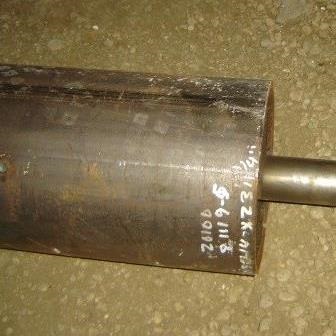
Barrel attachment
Next is the barrel attachment, connected to the top of the door to hold the barrel in place.
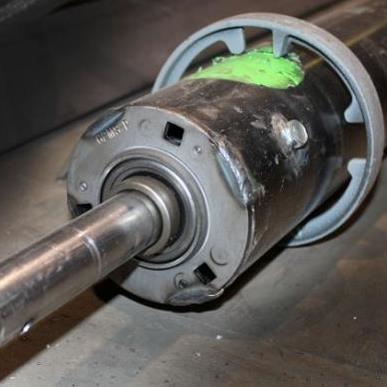
Brackets
The rolling door’s brackets are typically square-shaped and support the barrel and the door’s curtain, which is the part of the door that can be seen when it’s closed. The curtain is made of continuous slats that slide together and are kept in place with an end lock. Using a hefty dose of our imagination, we can think of the brackets as the ears, as ours support what we do and how we interact with the world.
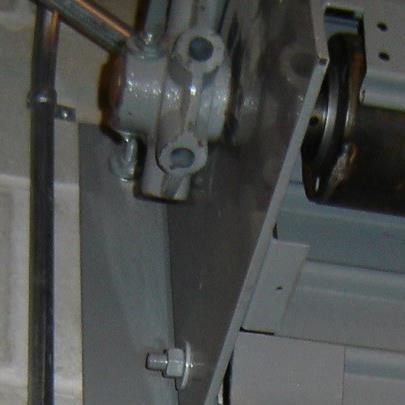
Adjusting wheel
Outside of the brackets is the adjusting wheel. This is used to apply tension to the torsion spring and is pinned to the bracket to hold that tension.
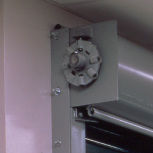
Door guides
Even further out on the door’s anatomy are the door guides, typically made of steel, stainless steel, or aluminum. The guides run parallel to the curtain to ensure it stays in place and with a correct alignment, similar to how the spine supports a human body and keeps it all aligned. They also support the door and have an attached seal for keeping freezing or scorching gusts of air or a bout of rain or snow outside rather than allowing intense weather into a building.
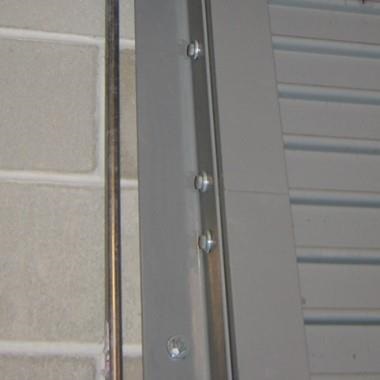
Door curtain
The door curtain, held by the guides, is the largest part of the door. It’s the most prominent piece you’ll see when the door is closed. Made up of continuous slats that slide together at the bead and kept in place with end locks, we’d liken the curtain to a torso in human anatomy.
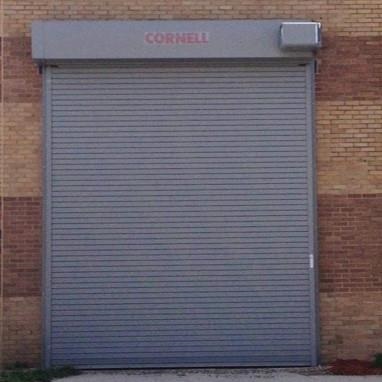
Hood
The door’s hood encloses the curtain when the door is open and is attached to the brackets and the wall. Hoods can be round or square to conceal the curtain above the opening when the door is cycled to “closed."
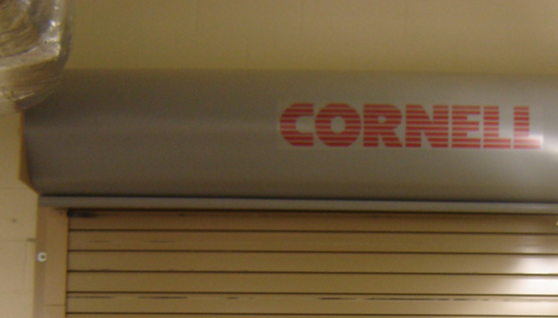
Bottom bar
Traveling down towards the floor, we have the bottom bar. The bottom bar holds the door's bottom seal in place and is also where a lock or multiple locks for the door can be placed if necessary. Bottom bars can also protect the door and curtain by deflecting force or impacts from forklifts and other industrial equipment. Just like our feet bear the brunt of sprains and stumbles, the bottom bar on a rolling door takes a beating, protecting the rest of the door above the ground.
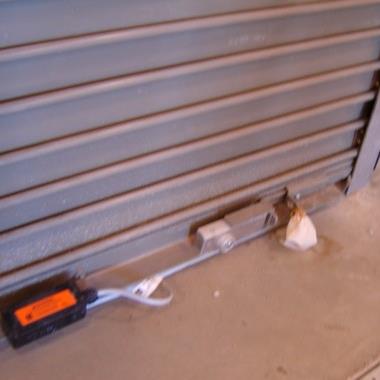
Variations and customization options
Just as there are variations in the human body, there are also variations in rolling security doors. They can be made from different materials, depending on where they’ll be used and what they’ll encounter. From steel, stainless steel, and aluminum, rolling security doors can be as versatile as the buildings in which they’re installed.
Rolling doors can be customized through design options such as powder coating and matching and UV printing, which provides opportunities for creativity, such as company logos and school mascots, making them as unique as the human bodies we learned about in anatomy class all those years ago.
Depending on your application's unique needs, we offer a broad selection of high-performance, fire-rated, and energy-efficient rolling doors, including the Firemiser Insulated Rolling Fire Door, Thermiser® Insulated Rolling Door, and Thermiser Max® Insulated Rolling Door. Rolling fire doors help prevent fire and smoke from spreading by isolating the event inside your building. Insulated doors help regulate temperature and provide protection from the elements while offering excellent sound reduction properties.
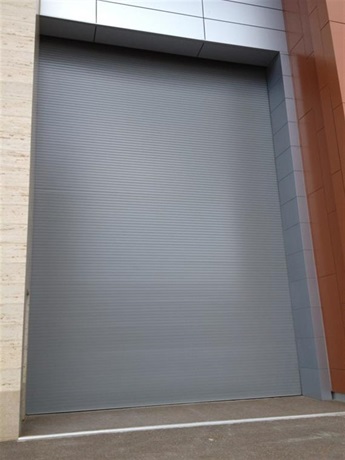
Learn more about rolling doors and rolling door parts
At Cookson, we're committed to giving each client the individualized attention they deserve. Regardless of your needs, our team will help you find a practical stock design or build a customized door solution for your application. Contact us online or find a dealer near you today to get started.





